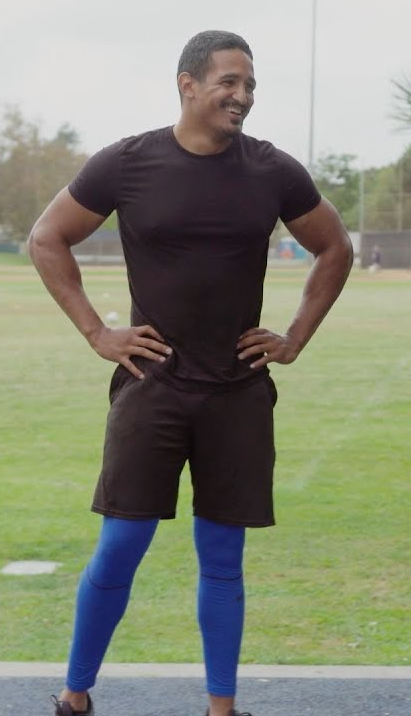Stories of Hope: Sickle Cell Disease

For Evie Junior, personal health and fitness have always been a top priority. During his childhood, he was active and played football, basketball, and baseball in the Bronx, New York. One would never guess that after playing these sports, some nights he experienced pain crises so severe that he was unable to walk. One would also be shocked to hear that he had to have his gallbladder and spleen removed as a child as well.
The health issues that Evie has faced all of his life are related to his diagnosis of sickle cell disease (SCD), a genetic, blood related disorder. SCD causes blood stem cells in the bone marrow, which make blood cells, to produce hard, “sickle” shaped red blood cells. These “sickle” shaped blood cells die early, causing there to be a lack of red blood cells to carry oxygen throughout the body. Due to their “sickle” shape, these cells also get stuck in blood vessels and block blood flow, resulting in excruciating bouts of pain that come on with no warning and can leave patients hospitalized for days.
Growing up with SCD inspired Evie to become an emergency medical technician, where he would be able to help patients treat their pain in route to the hospital, in much the same way he has managed his own pain crises for his whole life. Unfortunately, as time passed, Evie’s pain crises became harder and harder to manage.
Evie decided to enroll in a CIRM funded clinical trial for a stem cell gene therapy to treat SCD. The therapy, developed by Dr. Don Kohn at UCLA, is intended to correct the genetic mutation in a patient’s blood stem cells to allow them to produce healthy red blood cells.
In July 2020, after some delays related to the coronavirus pandemic, Evie finally received an infusion of his own blood stem cells that had been genetically modified to overcome the mutation that causes SCD.
Although the results are still very preliminary, so far, they look very promising. Nine months after his treatment, blood tests indicated that 70% of Evie’s blood stem cells had the new corrected gene. The UCLA team estimates that a 20% correction would be enough to prevent future sickle cell complications. What is also encouraging is that Evie hasn’t had a pain crisis since undergoing the treatment.
Evie talks about what a cure would mean for his future and his life going forward.
“I want to be present in my kids’ lives, so I’ve always said I’m not going to have kids unless I can get this cured. But if this works, it means I could start a family one day.”
For more information about CIRM-funded sickle cell disease research, visit our fact sheet.
